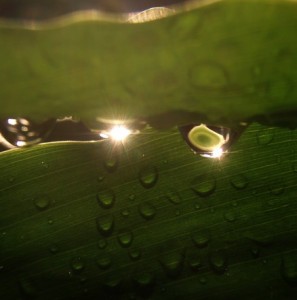“Follow your passion” is the most common advice given for a healthy and happy life. But it is rarely mentioned that there are many who remain stuck in a dead end when they follow their passion. So what is the right approach? Should one confine oneself to the straight and narrow safe path of drudgery and boredom? Or should one take the courageous but more dangerous path that passion dictates?
The key here is to understand that there are two types of passions. One is the passion on the surface. This is the “shallow” passion. It is linked to immediate gratification and is driven largely by the ego. Activities related to following such passion cause a boost in the ego as one is moderately good at such activities. This path of passion is a roadblock. It prevents us from finding our true calling as we most likely stop at the shallow level. Our egos are boosted and going further into unknown areas seems dangerous and unnecessary.
Then there is the deeper Passion with the capitalized “P”. This is our deeper calling. It is not related to the ego. Rather the ego is a roadblock. How do we know we are following our Passion and not a shallow ego-boosting activity? The answer is that when we follow our Passion, we are “zoned out”. Time and space do not exist as we spend long hours in this activity, and when we emerge out of our zone we emerge relaxed and happy. There are no boundaries in such activity and there is no worry about acceptance or failure. On the other hand when we do activity related to our shallow passion we are looking for praise, acceptance, and we are constantly afraid of failure. Our work here leaves us tired and anxious. At the shallow passion level our work is merely good and acceptable. However at the level of our deeper Passion, our work is path breaking and outstanding. At the shallow passion level, learning has stopped or is not creative enough. At the deep Passion level learning never stops and is extraordinarily creative. Deep Passion may or may not make us rich or famous, but it gives us immense inner satisfaction. The problem is that most of us remain stuck at the level of the shallow passion and never venture out to the open field of our deeper Passion.
So how do you find your Passion and not remain stuck at the dead-end level of “shallow passion”? The answer is not to try and find your Passion. Rather let it find you. When you get out of your craving to do ego-boosting activity that gives you immediate gratification of recognition and respect, and instead do your actions in the spirit of service, then Passion will find you, and your life will be transformed.
Related: Four Yoga Secrets Of Success
Credits:This has been written by Raj Shah and edited by Ketna Shah.



